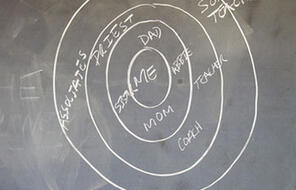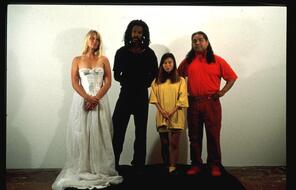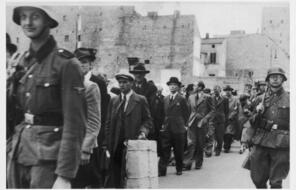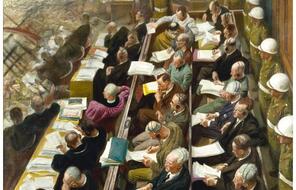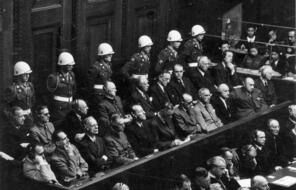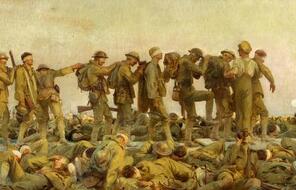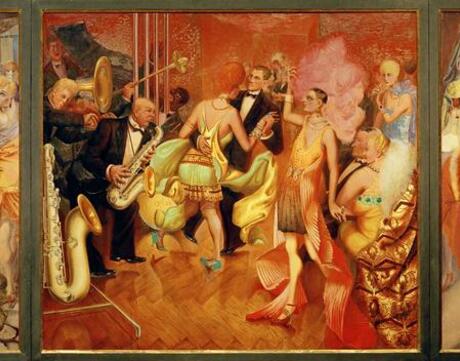
Choices in Weimar Republic Elections
At a Glance
Language
English — USSubject
- Civics & Citizenship
- Social Studies
Grade
6–12Duration
Two 50-min class periods- The Holocaust
Overview
About This Lesson
This lesson complements the resources from Chapter 4 of Holocaust and Human Behavior to help students investigate some of the choices available to Germans in elections in the early 1930s and understand the variety of reasons many Germans supported the Nazi Party. After analyzing the platforms of three Weimar political parties—the Social Democrats, the Communists, and the Nazis—students will read short biographies of several German citizens. Using details from the biographies, the party platforms, and any information they have learned before this lesson about the Weimar Republic, students will then determine which political party they believe each citizen would have supported.
The citizen biographies are fictional and were created for this lesson, in part to provoke discussion and reasoned argument; determining which party each individual would have supported is not always easy, and there is no correct answer. By analyzing each biography and hypothesizing about which party each individual would support, students will not only learn more about the variety of ways the Nazis and other political parties could attract support; they will also wrestle with the difficult and nuanced choices that citizens in a democracy must often make at the polls. This lesson will prompt especially meaningful discussion among students if it is implemented after they have had the opportunity to explore and analyze a variety of other resources from Chapter 4 of Holocaust and Human Behavior that deal with the government, culture, and economics of the Weimar Republic.
Preparing to Teach
Lesson Plans
Activities
Materials and Downloads
Quick Downloads
Download the Files
Unlimited Access to Learning. More Added Every Month.
Facing History & Ourselves is designed for educators who want to help students explore identity, think critically, grow emotionally, act ethically, and participate in civic life. It’s hard work, so we’ve developed some go-to professional learning opportunities to help you along the way.
Exploring ELA Text Selection with Julia Torres
On-Demand

Working for Justice, Equity and Civic Agency in Our Schools: A Conversation with Clint Smith
On-Demand

Centering Student Voices to Build Community and Agency
On-Demand




